
Students learn about the Native American peoples who lived in the region which is now Oregon and Washington states.
- Provider:
- Smithsonian Institution
- Author:
- Smithsonian National Museum of the Native American
- Date Added:
- 06/24/2019

Students learn about the Native American peoples who lived in the region which is now Oregon and Washington states.
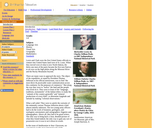
This resource details the Lewis and Clark expediition. The object of the expedition, as stated by President Thomas Jefferson in his official instructions, was to find "the most direct & practicable water communication across this continent, for the purposes of commerce."

Students will learn about the importance of preserving Native culture and see how families share and pass down traditions. Students will gain an understanding of the ongoing Plains traditions of beadwork and quillwork"”decorative arts done with beads and porcupine quills"”and the "giveaway" (an honoring celebration). Students will explore the significance of designs and symbols found on dresses and better understand the Plains peoples"™ long-standing, close connection to their surroundings and natural resources.

In this lesson, students can learn about the traditions of the Sioux, who resided in the Midwestern part of the United States. This lesson focuses on their winter traditions, including the migration patterns which they followed.

Students can learn about the traditions of the Sioux, who resided in the Midwestern part of the United States. This lesson focuses on their winter traditions, including the migration patterns which they followed.
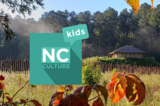
In this short video, students will learn the various ways people have gathered food across thousands of years.

In this lesson, students will compare John Smith's account of the Powhatan Indians with other primary source material about the Powhatans. They will then compare ideas and facts from each source to determine similarities and differerences.

Students will learn about the connection Native people have to their natural world. Students will make observations about how the A:shiwi (also known as Zuni) people adapt to their environment and the cyclical aspect of their cultural and agricultural practices. Students will expand their knowledge through independent research on another Native community and their interactions with the natural world.

In this lesson, students will learn about the connection Native people have to their natural world. Students will make observations about how the A:shiwi (also known as Zuni) people adapt to their environment and the cyclical aspect of their cultural and agricultural practices. Students will expand their knowledge through independent research on another Native community and their interactions with the natural world.
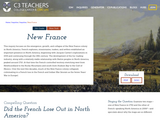
The compelling question for this resource is, "Did the French Lose out in North America?" In this resource, students will explore what relationships developed between Native Americans and the French over the fur trade, review the benefits and costs of the North American fur trade, and make a claim about the French and Indian war. Students will be able to identify examples of French influence and heritage.

This lesson demonstrates that although "women's work" was belittled in European cultures, Native women's daily contributions were recognized by Native men and the tribe as a whole as vital to the prosperity of the community and worthy of respect. By comparing the condition of women in America and other lands (including colonists), students will discover that women's status in their community was directly related to the social hierarchy, religious culture, and natural environment in which they lived, and that the combination of those ingredients varied wildly across the continents.

This lesson is about how people come to America. The lesson will help students see that their personal stories are part of American history by comparing their experiences with those of immigrants in the past.

This Teacher Guide identifies the Civics Test questions covered in the theme, A Growing Nation. It also provides the instructional steps to familiarize teachers with the elements and navigation of the Preparing for the Oath - A Growing Nation student interactive so that they can be comfortable presenting it to their class.

This course was created by the Rethink Education Content Development Team. This course is aligned to the NC Standards for 5th Grade Social Studies.

This course was created by the Rethink Education Content Development Team. This course is aligned to the NC Standards for 5th Grade Social Studies.

Explore 14,000 years of history from the NC Museum of History' exhibit, The Story of North Carolina in 360°—one gallery at a time. Designed with the student experience in mind, each tour features artifacts, photos, & videos.

This curriculum focuses on eight quilters, their communities, and their individual quilt stories.
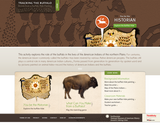
In this resource, students explore the role buffaloes played in the lives of Native Americans of the northern Plains. The website includes: online interactives, printable activities and a map of the Plain Indians, information about the art of buffalo hide paintings, a teacher's guide and student worksheets, and a bibliography of related books and online resources appropriate for all ages.
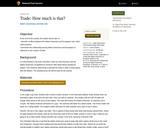
In this lesson, students summarize the relationship among Native Americans and Europeans in reference to the conduct of trade.

Students will see multiple accounts of the same event, the Battle of Little Bighorn/Greasy Grass. They will look at the differences in perspecitves as well as evaluate the relationship between the American settlers and American Indian groups based on accuracy of historical information.